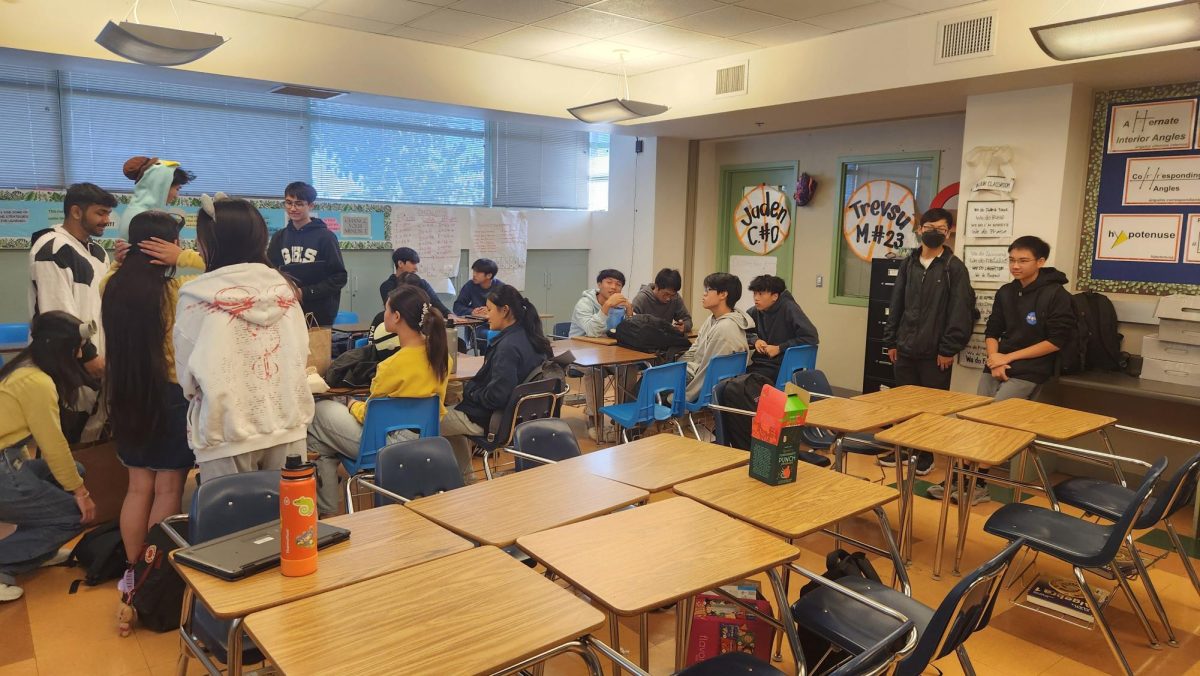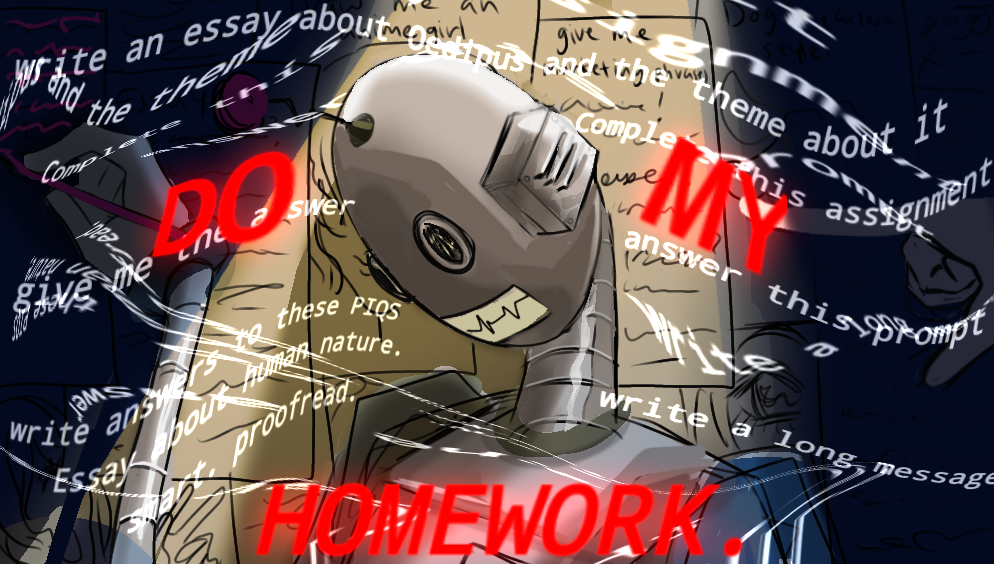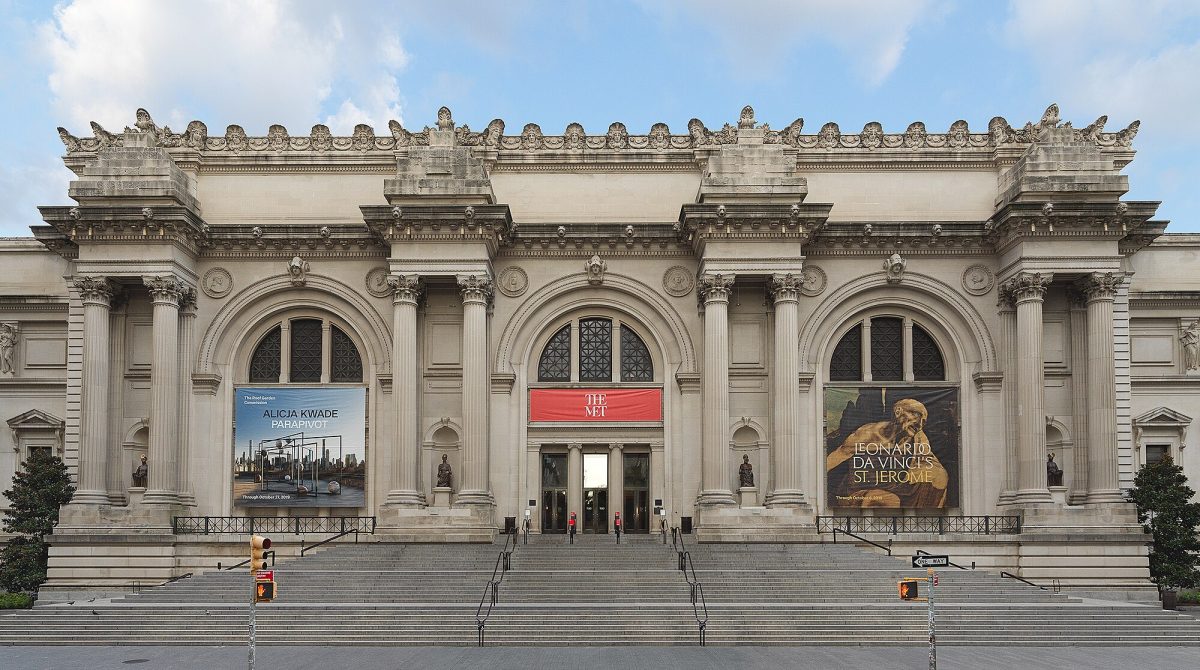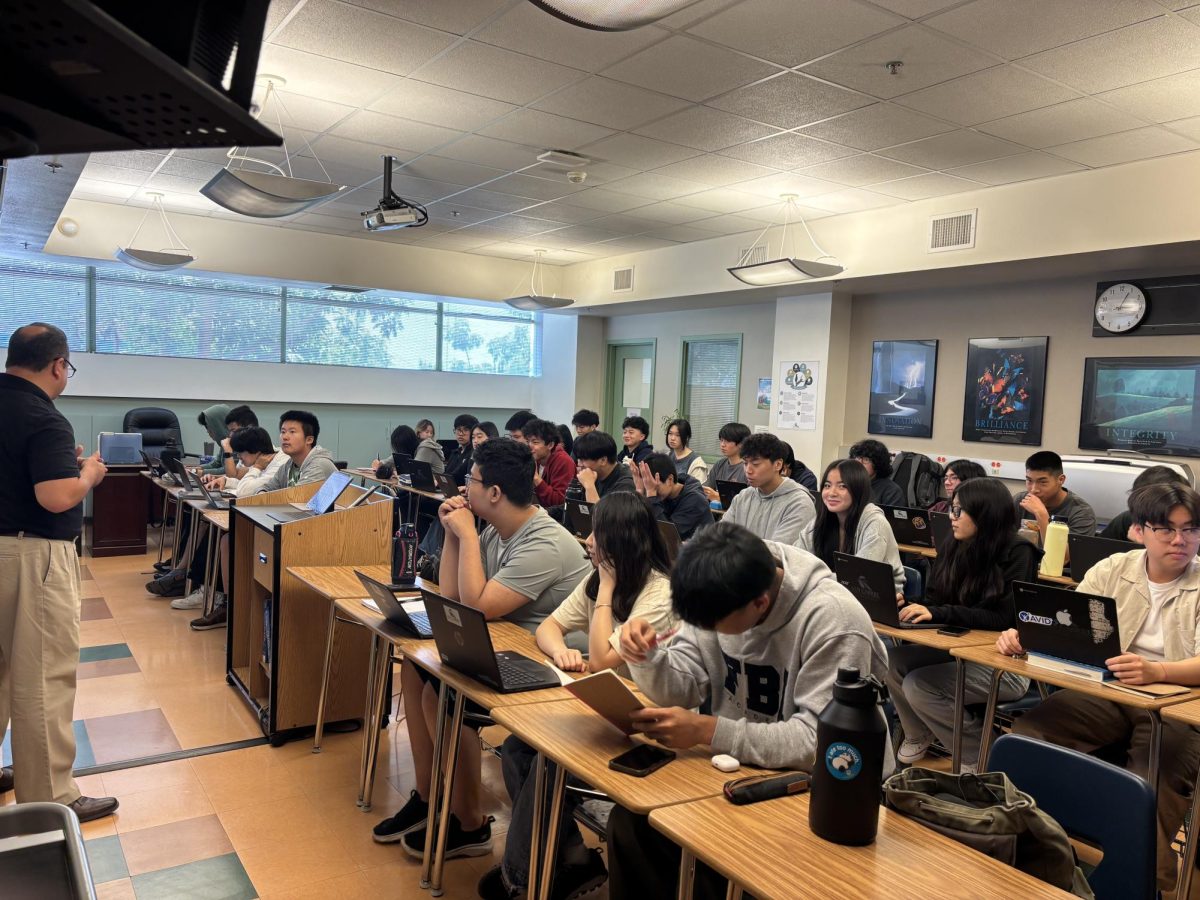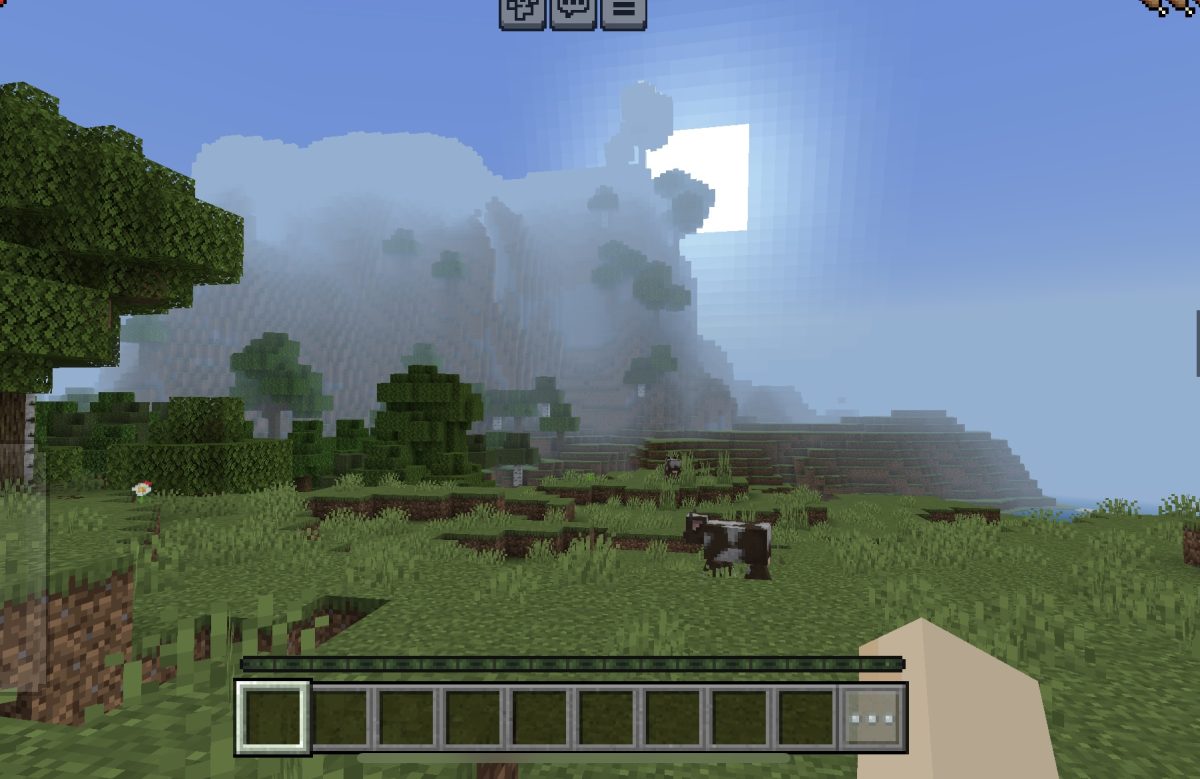Gabrielino Clubs and Organizations, under the Associated Student Body, must implement a stronger system to both promote and act as a watchdog on clubs. The current system strikes an unhappy middle ground, where clubs are fulfilling their bureaucratic requirements, but are not being given the tools to succeed.
ASB, and in turn all clubs at Gabrielino, are held accountable by the Fiscal Crisis and Management Assistance Team, otherwise known as FC-MAT, to properly document their finances and activities to avoid fraud. ASB and clubs potentially receive funding from student fundraisers and not fully from school funding.
“If things are not done properly at the club level, then that leaves them vulnerable which then leads the advisors more vulnerable, and then that leaves the administration and eventually the school […] vulnerable,” Chandra Strom, former ASB advisor and now Assistant Principal of Gabrielino.
FC-MAT audits ASB and the clubs every year, and the smallest mistake on funding forms, such as not specifying why a certain amount of money was not collected, can lead to a violation.
“The ASB in the previous years were not following any kind of—they just weren’t doing what they were supposed to,” Strom added.
This was further emphasized by the startling fact that Strom and Edith Gonzales, another former ASB advisor, had received almost no documentation on clubs from their predecessors. The current suite of meeting minutes, constitutions, and activity photos was only instituted under them.
Ever since students returned from COVID-19, this has created a system, focused heavily on ensuring clubs are held accountable not just for their documentation, but also for their service to their members.
“We know that students have a lot going on in their lives, but if they choose to have a club, they should know that they would be accountable for turning in things and just know when the due dates are,” stated sophomore Ria Singh, currently the commissioner of the Office of Clubs and Organizations.
Most clubs are not prepared to hold meetings and serve their members. Officer boards are often chosen on a whim based on the president’s friends and do not adequately plan out and execute the apparent purpose of the club, especially new clubs. The only clubs that can then succeed and retain membership are the ones with a clear focus whoprepare interesting meetings for their members. The reality for most clubs is that they simply are not good clubs.
Once clubs lose members, it is hard to turn that around, even in well-run clubs. This leads to an insufficient number of people at club meetings and clubs not meeting quorum. Annoying as that may be, it reflects poorly on clubs in so far as they did not retain members, leading presidents to get desperate. That’s when they tell their friends to come, stage their activity photos, and forge meeting minutes.
Yet Clubs and Organizations’ zealous attitude that clubs be held accountable actively harms the clubs it’s trying to help. Throughout the process of forming or rechartering a club, very little emphasis is put on how a club should be run. Instead, club constitutions constitute an overcomplicated document that distracts clubs from beginning to plan out their activities and goals. Temple City High School provides an excellent alternative which is shorter while also containing critical details regarding the nature of clubs’ relationship with ASB.
Meeting minutes suffer the same fate. Documentation is important, but Clubs and Organizations need to better distinguish between clerical work and a club’s activities. The result is again that most clubs don’t know what to do during general meetings besides following the outline of the meeting minutes. Or they simply don’t, further imperiling them in the system. Clubs can’t afford even a single dull meeting, as there is significant member fallout following the first general or even interest meeting, which can endure over school years.
“A quarter of members that show up at the first meeting don’t show up ever again,” a well-informed club president who wished to remain anonymous observed.
Returning to the example of Temple City High School, their ASB can vote to dissolve a club at any time. The Gabrielino ASB has no such power, leading clubs to slow death once they no longer sustain membership. It is strike after strike until the club is finally suspended, yet another reminder of the poor middle ground in which Clubs and Organizations demand paperwork from clubs, but can do little to ensure they actually run well. There needs to be a more robust system.
First, two people–or even the informal team of four or five who manage the clubs at Gabrielino–are not enough. If Gabrielino wants clubs that properly service the student body, there must be more oversight and support. That means more members in the Office of Clubs and Organizations that can focus less on other ASB work and dedicate more time to clubs as a whole. Each club can have a dedicated representative, and Clubs and Organization members should be just as dedicated to a club’s success as the board is. This is not to say the current staff are inaccessible, but that there should be more resources, especially for new clubs.
These people should also attend club meetings to ensure quorum is being met and clubs are providing a service to their members. One meeting with poor attendance shouldn’t be the end of a club, but it should start a wider dialogue on how to ensure clubs attract members and stay healthy. However, repeated offenses or a seeming lack of initiative on the part of club officers could be the basis for dismissal.
In this context, club councils should change as well. A collection of all of the clubs on campus should carry more significance than causal reminders for meeting minutes and activity photos. There should be opportunities for the officers of Clubs and Organizations to connect with clubs at Gabrielino. That follows from a more comprehensive vision of clubs that extends beyond the routine submission of paperwork.
“That’s part of what club council should be. Does it get running well at the time? Maybe not but you know you have to remember everybody in ASB, they’re just another student like you guys are […] and they’re learning as well, right?” noted Strom.
Finally, students should understand that not everything needs to be a club. Informal meetings to play video games or just talk about the world should be tolerated and accepted. That means clubs should be started with a real passion to impact the student body, not as another organization on an application.
“I’m trying my best to make things work here, and I’m trying my best to keep my club afloat, but like they’re not making it easy to do so,” stated junior Jason Shao, president of Key Club.
Key Club is the largest club on campus and the words of its president speak to a wider sentiment shared among clubs at Gabrielino. If even the President of Key Clubs finds the current system dysfunctional, it is clear change is needed.
Demanding accountability for clubs means little if most clubs continue to struggle or feel like they lack the resources they need to prosper. Many club presidents need to do better, but it goes both ways. ASB has justified the current system for years based on FC-MAT and other state regulations, but it does not excuse their responsibility to build and our right to advocate for a system that better supports clubs at Gabrielino.

